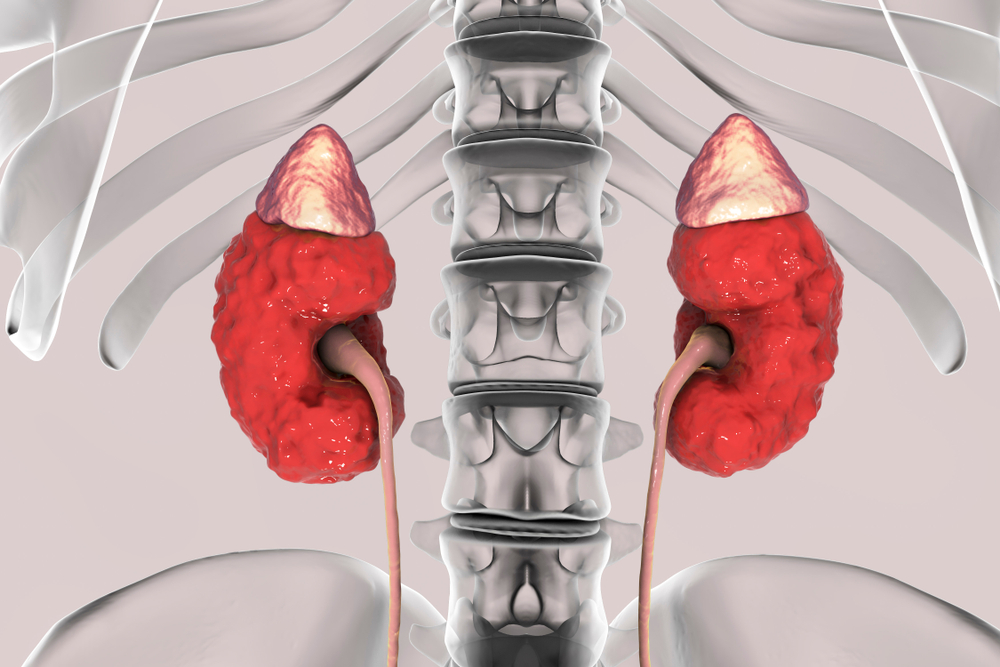The statistics are alarming1:
- Chronic Kidney Disease (CKD) is the eighth leading cause of death in the U.S.
- An estimated 40 million people in the U.S. have CKD.
- CKD is consistently reported as the third highest catastrophic claims category among stop loss carriers.
The need for improving the nation’s kidney health is clear, as is the desire for insurers to mitigate the risk and costs associated with CKD. For both, the best place to start is identifying and implementing early-intervention strategies. I reached out to Sherri Tetachuck, National Sales Executive with Renalogic, a leading renal cost containment service provider, to learn what insurers can do to help improve medical outcomes and reduce medical spend across all stages of renal disease.
Let’s start at the beginning, Sherri: What is chronic kidney disease (CKD)?
Simply put, CKD is a condition in which the kidneys cannot filter blood as well as healthy kidneys. Because of this, excess fluid and waste from the blood remain in the body and cause serious health problems that lead to End Stage Renal Disease (ESRD). ESRD is a complete loss of kidney function requiring dialysis to sustain life. Treatment for ESRD can result in medical expenses of $900,000 or more a year
Why is increased awareness of CKD so important?
CKD is known as a silent disease because it can sneak up on people, who often don’t know they even have it:
- 96% of people with kidney damage or mildly reduced kidney function are not aware of having CKD.
- 48% of people in late stages of CKD are not aware of it.1
This lack of awareness leads over 80% of people experiencing kidney failure to start treatment emergently with a hospitalization, inpatient placement of a neck catheter, and inpatient dialysis2. This is extremely dangerous as it greatly increases the risk of infection or a cardiovascular event, and such patients are usually in the intensive care unit of the hospital for 10-14 days. The average cost of emergent start dialysis is more than $150,000.
What can be done to reduce the incidence of CKD or to prevent it from progressing to later stages?
Like other chronic diseases, preventing CKD is possible by managing risk factors and treating the disease to slow its progression and reduce the risk of complications. Risk factors include: heart disease, diabetes, high blood pressure, obesity, systemic lupus, family history of CKD, age, and high cholesterol.
Diabetes is the leading cause of ESRD. Addressing the problem at the pre-diabetic level is the key. Similar to the situation with CKD, 90% of approximately 86 million U.S. adults who are pre-diabetic are not aware of it3. Insurers would be well served to add test factors for pre-diabetes to their biometric screenings to help with early detection. From there, case managers can recommend proper treatment and lifestyle changes to help keep pre-diabetic individuals from developing type 2 diabetes.
Can you outline specific steps insurers might take to help clients at risk for CKD?
It starts with identifying these individuals through the comorbid risk factors I mentioned earlier – diabetes, heart disease, high blood pressure, etc. This can be done through a simple claims analysis and follow-up assignment to a nurse case manager to get tested for CKD. From there, refer them to a nephrologist or endocrinologist or both – they need a specialist to help interpret test results and advise treatment.
When people understand their chronic diseases, what their numbers mean, and can see those numbers improve through changes in lifestyle and treatment, it offers hope and inspires action. Assigning nurses to form relationships with at-risk clients facilitates this understanding. Nurses can advocate for them, coordinate their treatment with various healthcare providers, and help them set goals and confidently work to achieve them. Having a health professional to help implement lifestyle changes is much more effective than simply telling people to exercise more, stop smoking, or lose weight. Investing in health management now leads to significant claims savings for insurers in the long term.
How do insures realize these claims cost savings?
When people take more control over their health and participate in informed treatment decisions, they lead healthier, happier lives – and they generate fewer claims. In the case of CKD, this translates to a decrease in ER visits, emergent start dialysis, and inpatient stays and an improvement in cost containment for long-term treatment. I can’t tell you how important it is to identify, educate, and treat people who are progressing towards dialysis early on. Even if they do eventually require dialysis, working with a nephrologist on a planned dialysis access, which takes about three months to heal, greatly reduces the risk of infection and other complications.
As a significant added benefit, managing CKD often helps prevent or improve the management of diabetes, cardiovascular disease, and other comorbid-related conditions. And for employers, it means maintaining a productive employee.
Can you give us an idea of the kind of savings an insurer might expect?
Take this example from one of our plans made up of about 10,000 people, which included 15 members on dialysis. Here are the savings the plan realized in the first 10 months on our program for those members we were actively managing, which included those with CKD and those at-risk for developing CKD:
- ER visits decreased 19%
- Inpatient visits decreased 20%
- Diabetes costs decreased 20%
- Cardiac disorders costs decreased 20%
- Renal and urological costs decreased 17%
Bottom line: A high-touch approach to CKD can provide a significant reduction in claims costs and, more importantly, improve medical outcomes and provide a better quality of life for the people we serve.



